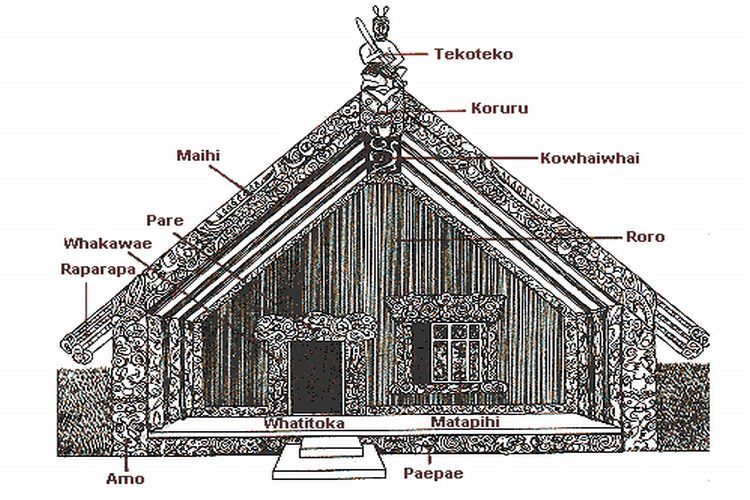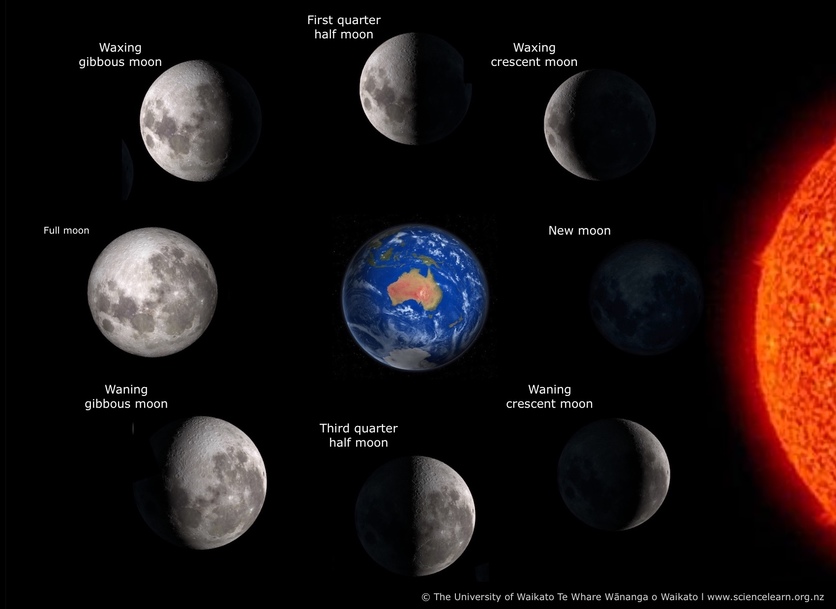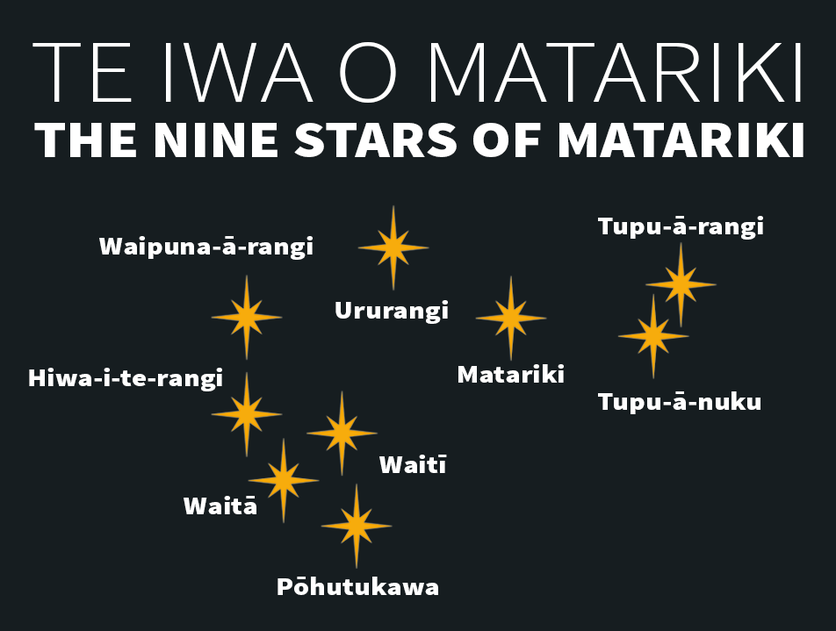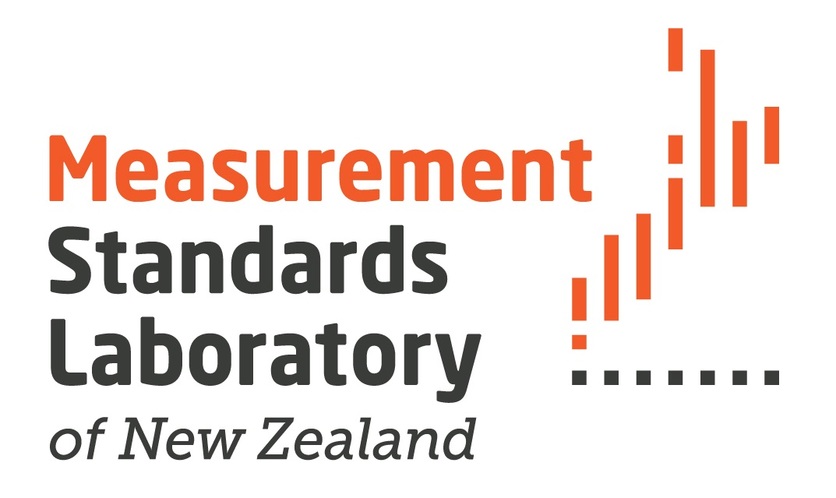Due to the geographical isolation of New Zealand, early Māori settlers had little contact with neighbouring islands. Trade and commerce were internally based so there was no need for a precise measuring system. However, activities such as wharenui construction, waka making, woodcarving, navigation and weaving did require a high degree of precision. This precision came from the skill, experience and eye of the operator rather than by reference to a defined standard.
A journalist writing in the Dominion Post in 1918 remarked that “Māori achieved a regularity and precision by the use of the eye alone that would be unattainable by the average European”.
Human body used for measurement standards
As in many parts of the world, early Māori measurement standards used were most often based on the human body. For example, the span of the arms outstretched horizontally was the mārō, whanganga or aronui. Another version of this unit was the pae, where the outstretched arms are bent to form a circle such that the girth of a tree or other such objects could be measured. Half an aronui – measured from the middle of the breast to the fingertip – was a hau.
These lengths could be scaled up to longer distances, with 10 mārō (called a kumi) equating to a distance of about 18 metres. Another length measurement employed by Māori was the takoto – the length of the body with one arm outstretched beyond the head.
Shorter measures were based on the hand and arm:
- Pakihiwi – full length of the arm, from shoulder to fingertips.
- Tuke – length from the elbow to the fingertips (cubit).
- Kōiti – length of the little finger.
- Kōnui – length of the first joint of the thumb.
- Ringa – width of the hand.
- Awanui – width of two hands (fingers closed) plus length of thumbs (outstretched with their tips touching).
- Matikara – span of outspread fingers from the tip of the thumb to the tip of the little finger.
When constructing a wharenui, the arm span (aronui) of a designated person, most often someone of importance such as a high-ranking chief, would be marked on a cord or rod (rauru) for measuring purposes. The name of person would also be recorded in the specific history of the whare. Because these personal standards of length measurement would vary from person to person, it’s possible that, within any one iwi (tribe), one person may have been selected to act as the length measurement standard.
It is not thought that the use of rauru was universal across iwi, but it seems to have been particularly common on the East Coast, these rauru were sometimes made from a durable timber, allowing them to be handed down over many generations, and were considered a taonga (treasure).
Astronomical phenomena used for time measurement
Māori astronomical knowledge is known as tātai arorangi. Māori base the measurement of time on astronomical phenomena such as the transition of the Sun (Rā) through the seasons. The Māori lunar calendar – the maramataka – used the phases of the Moon as a time measure. In fact, ‘nights of the Moon’ were referred to rather than days, with 30 of them making up the lunar month – 30 nights of the Moon were commonly identified and named. The night of the first appearance of the new moon was whiro. Full moon (huanga) covered 3 nights – ohua, turu and rākau-nui. In the maramataka, each phase of the Moon is related to specific activities – for example, whiro is said to be unfavourable for planting food and fishing but a good night for taking eels.
There was some variation in the names used for the 12 lunar months. Each iwi recognised proper names for the months but also the use of ordinal numbers. For example, the first month was commonly named Pipiri but also known as Te Tahi.
New Year – Matariki, Puanga
Two main divisions of the year were recognised – winter (takurua) and summer (raumati) – and four main seasons, starting with winter (takurua), spring (kōanga – relating to digging and planting crops), summer (raumati) and autumn (ngahuru – relating to crop lifting).
The timing of the new year varied from district to district, based on each iwi’s understanding of the stars and phases of the Moon. For example, East Coast iwi recognised the first new moon after the appearance before sunrise of the Pleiades star cluster (the rising of Matariki) as the start of the new year. This occurs in late May or early June.
In northern and southern parts of the country, it was the rising before sunrise of Rigel (Puanga) in the constellation Orion that was recognised as the start of the new year. The new year signalled the commencement of the winter season, and because both these astronomical sightings occurred close together, there was little difference between these dates.
Related content
Māori possess a wealth of astronomical knowledge – tātai arorangi.
Useful links
The Measurement Standards Laboratory of New Zealand (MSL) carried out a research project with summer student Te Aomania Te Koha. It explored traditional Māori measurements that were used in New Zealand before the arrival of European colonists, find out more here.
Building a Wharenui is part of the Connected instructional series: 2011 Level 2 – Structure.
Watch webisodes about the night sky in Living by the Stars with Professor Rangi Matamua.
Read more about early Māori measurement in this 1918 article from the Dominion Post.
For more information on Māori measurement, see Best, E. (1918). The Maori system of measurement. The New Zealand Journal of Science and Technology, 1(1), 26–32.
Acknowledgement
This resource has been updated with the assistance of the Measurement Standards Laboratory of New Zealand.




